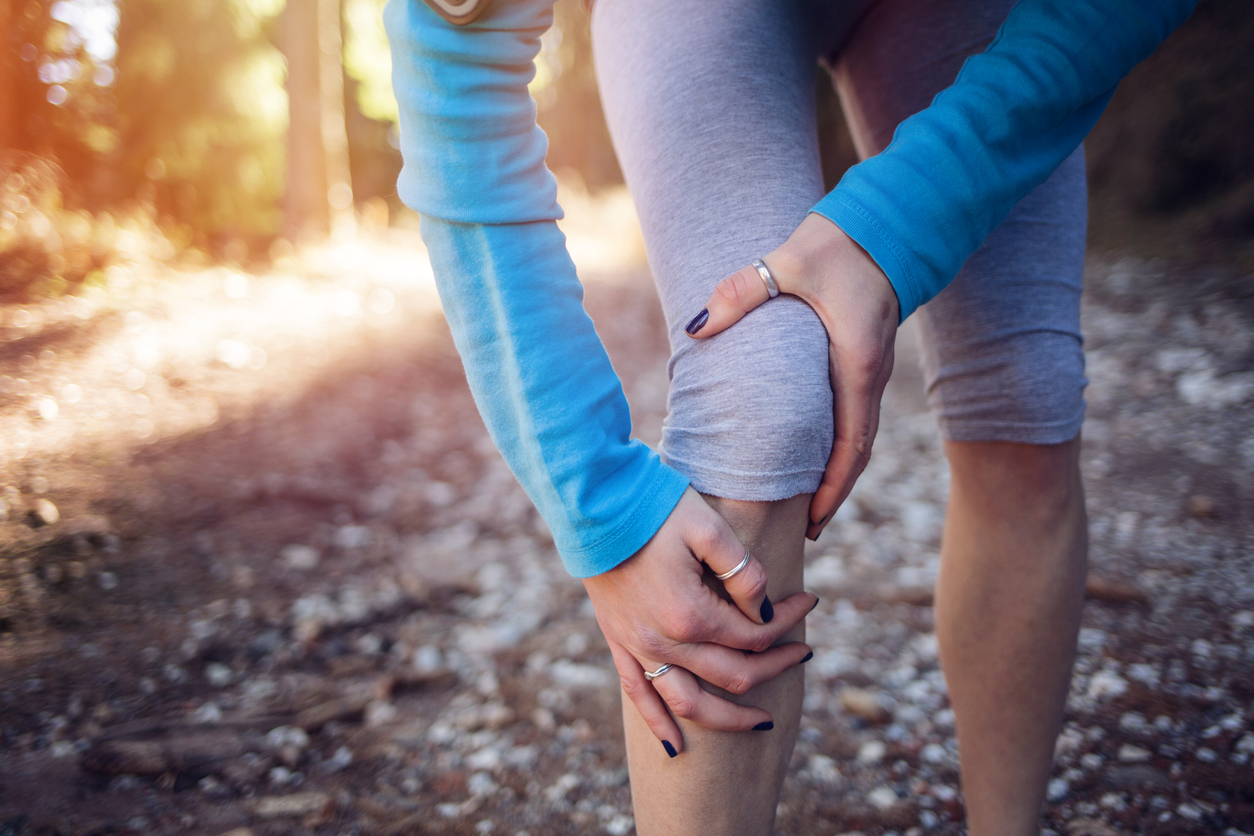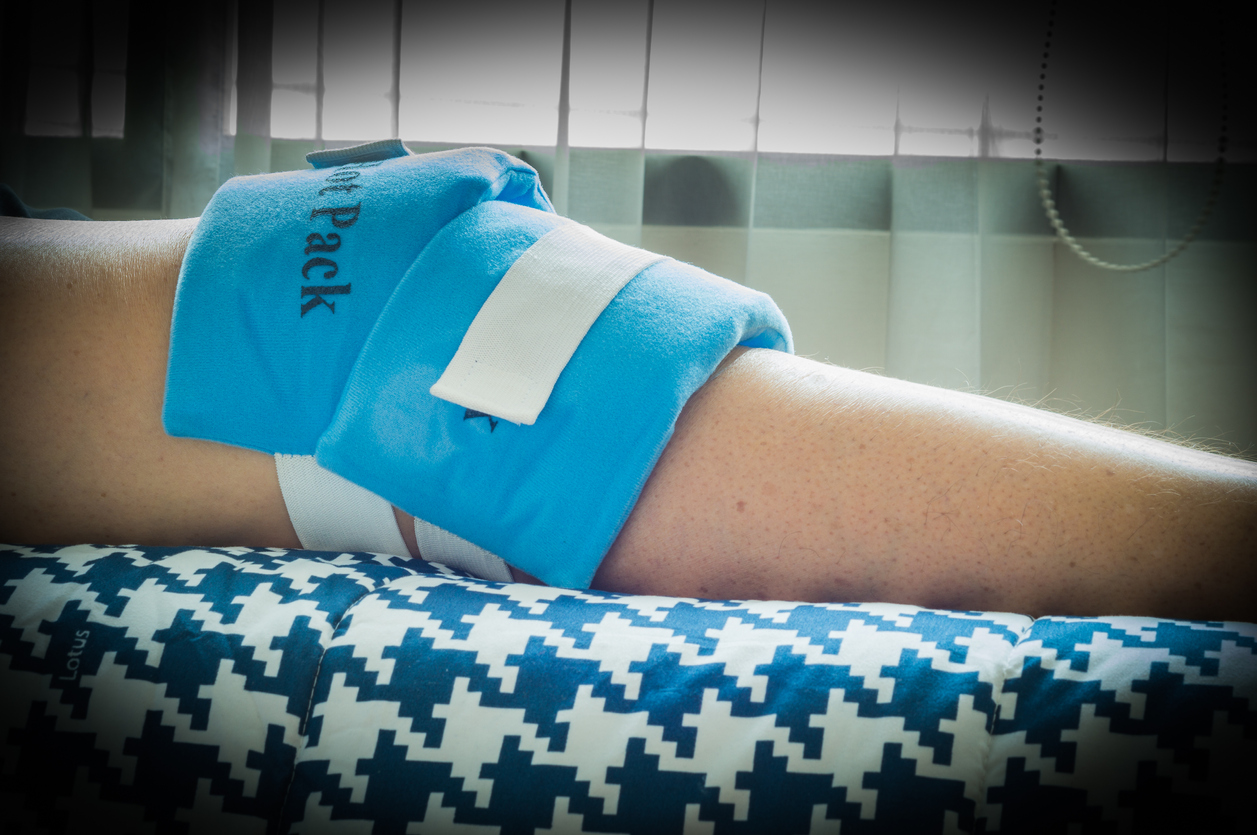Applying heat and ice to an injury are commonly-used methods to treat pain and reduce swelling. The scientific evidence behind their effectiveness is limited -- but some people find it helps.
There is a lot of debate around which method works best as each one has a different approach to treating an injury.
If you’ve hurt your knee, or your knee joint is painful, it may help to understand what these treatments are and how they’re used, to help you choose which option may work best for you.
A specific trauma to your knee (acute injury) will be treated differently to a long-term knee condition (chronic injury).
What is ice therapy or ‘cold therapy’?
Ice has traditionally been used to reduce swelling caused by damage to the muscles, ligaments or tendons (soft tissue injury).
It’s believed that ice reduces the tissue temperature and blood flow to the area, which helps to limit the body’s response to the injury, reducing inflammation and bleeding. It can also numb the area, reducing any pain.
For this reason it is thought to be effective in treating new injuries that have acute pain and swelling.

How to treat your knee with cold therapy
If you decide to ice your knee you should do this as part of PRICE therapy, which stands for protection, rest, ice, compression and elevation.
When using ice, you should apply it as soon as possible for 15 to 20 minutes every 2 to 3 hours during the day and for the first 48 to 72 hours.
During this time you should avoid heat, such as hot baths, saunas or heat packs, which may encourage bleeding.
After 48 to 72 hours the aim of any treatment changes from reducing bleeding and swelling to getting the tissues moving with exercise and stretching.
What is heat therapy?
Heat therapy is the application of heat to an injury, for example using a hot water bottle or heat pack (wheat bag). It increases the temperature of the tissue around the injury, which increases blood flow and circulation as well as the elasticity (flexibility) of the tissue.
One theory for why this works is that the increased blood flow to the damaged tissue can promote healing. It’s also thought that heat could provide pain relief and reduce muscle spasm as well as stiffness, by warming up muscles and making them more flexible.
Heat therapy is thought to be effective for long-term (chronic) injuries or ones that are not swollen.

How to treat your knee with heat therapy
If you decide to use heat to treat your knee, make sure the hot water bottle or heat pack is wrapped in a towel or other material to avoid burns and leave it on the site of your injury for 10-15 minutes. This can be repeated every 2 to 3 hours.
Heat may be helpful if your knee pain is the result of aching muscles from an injury caused by overuse.
Hot and cold therapy for osteoarthritis
Osteoarthritis is when cartilage around your joints wears down over time, causing pain and stiffness. If this occurs in the knee, it usually affects both knees, unless it’s the result of an injury.
There is some evidence that immersing yourself first in hot water, then ice water, then alternating between the two several times (contrast therapy) is an effective treatment for this kind of pain and discomfort.
This method of alternating is thought to improve circulation, decrease swelling and relieve pain in an injury.
Massaging the knee with ice could also help with osteoarthritis by improving muscle strength, reducing pain and decreasing any swelling.
But the body of evidence available is limited, so more research is needed to find out just how effective heat or cold treatments are for a knee injury.



